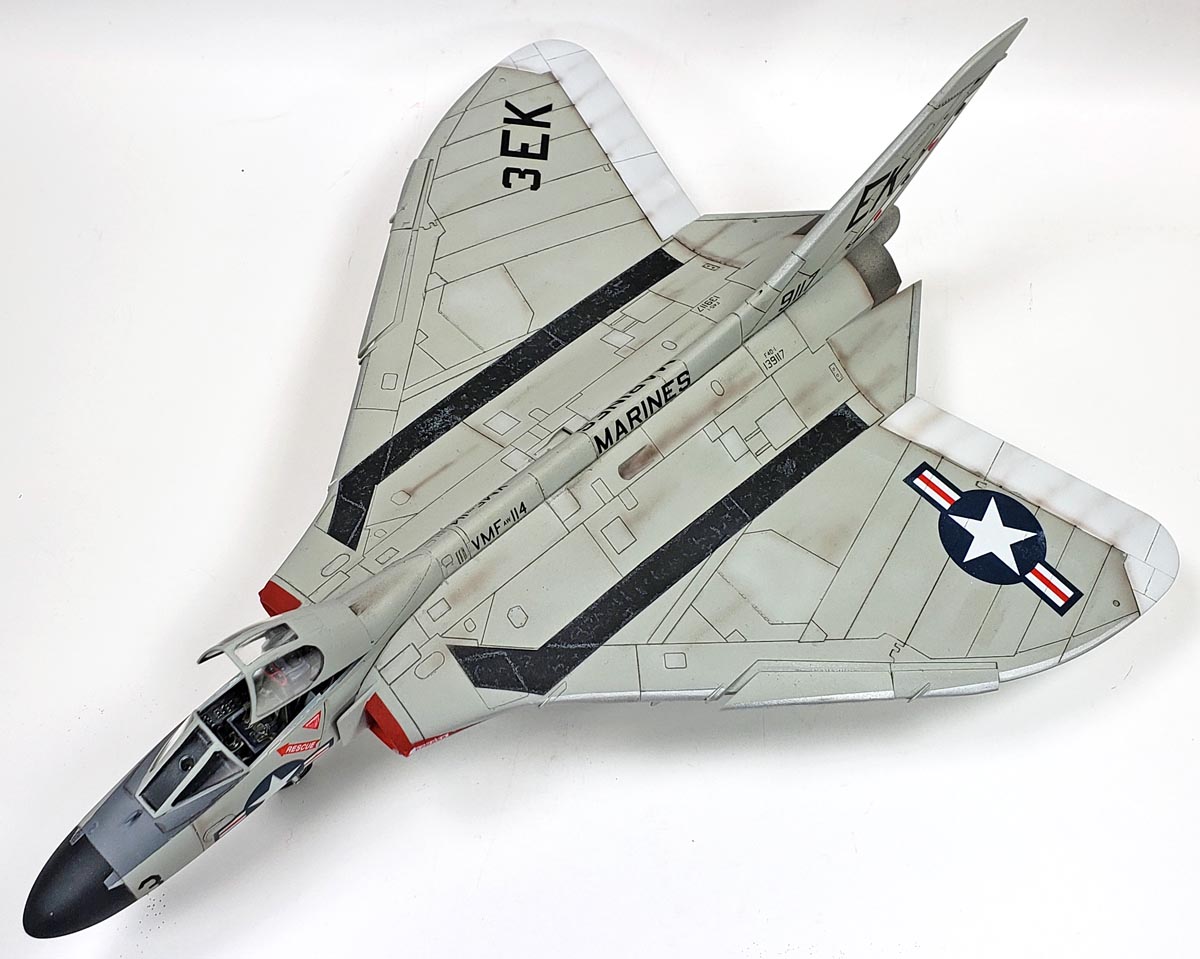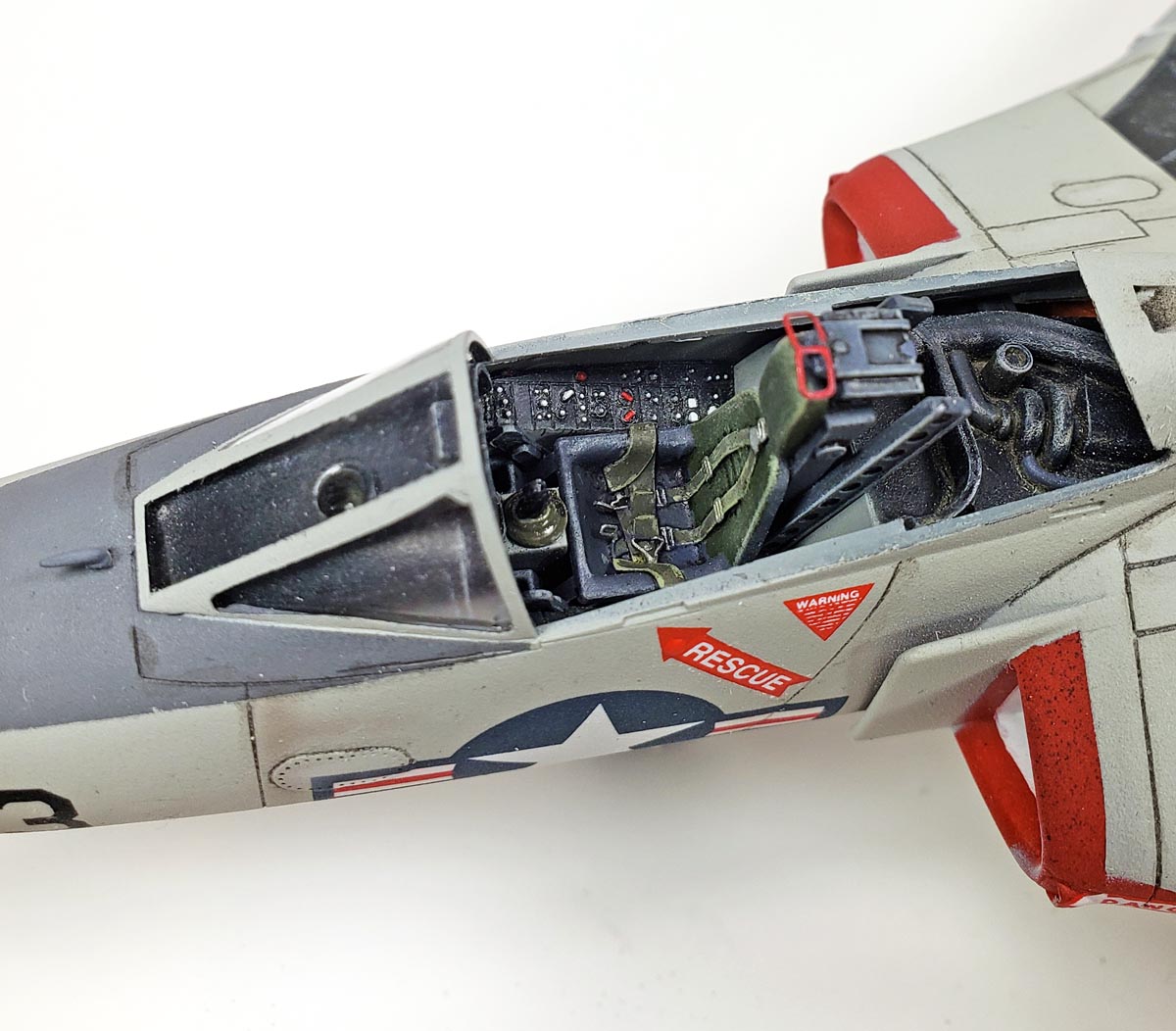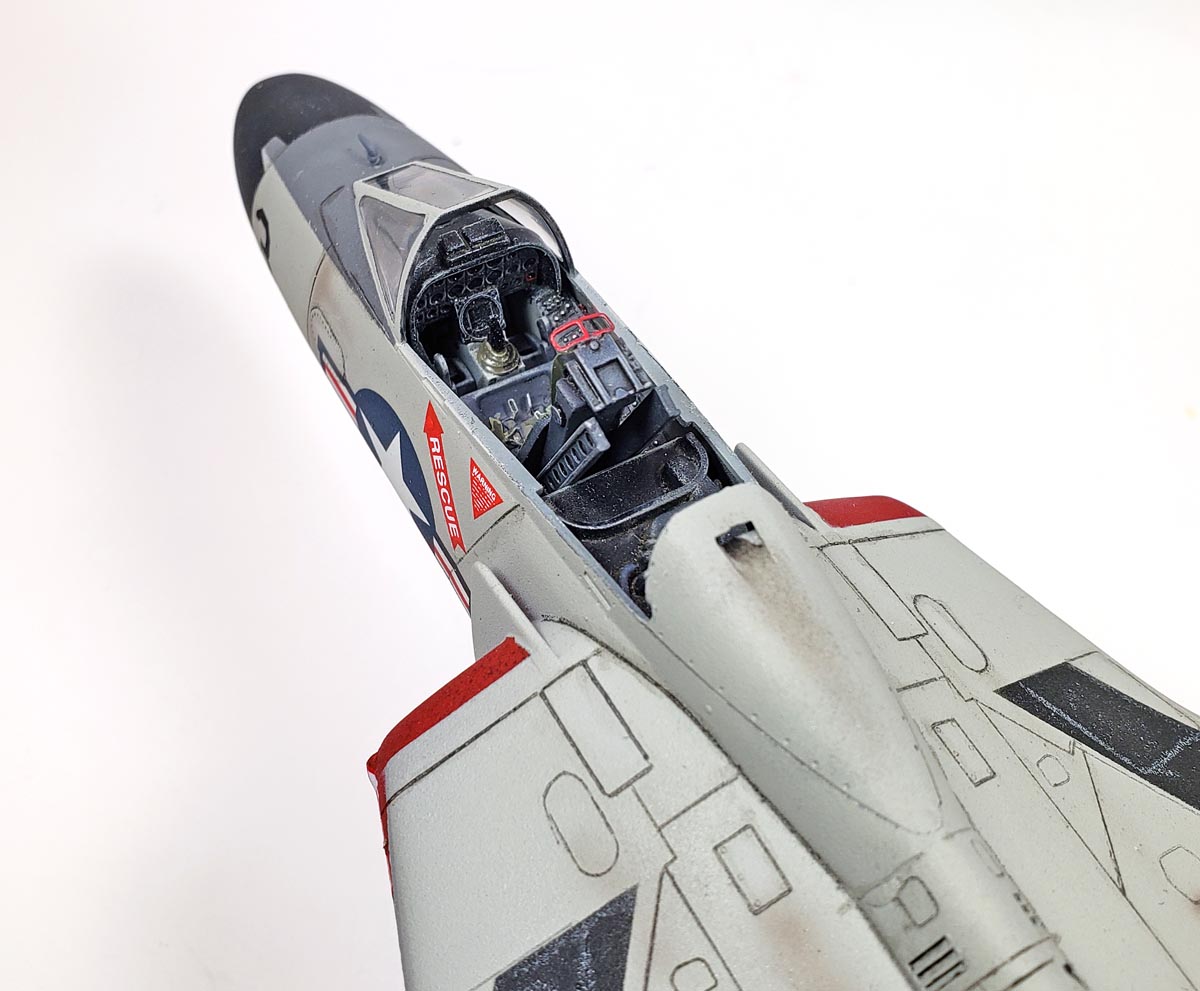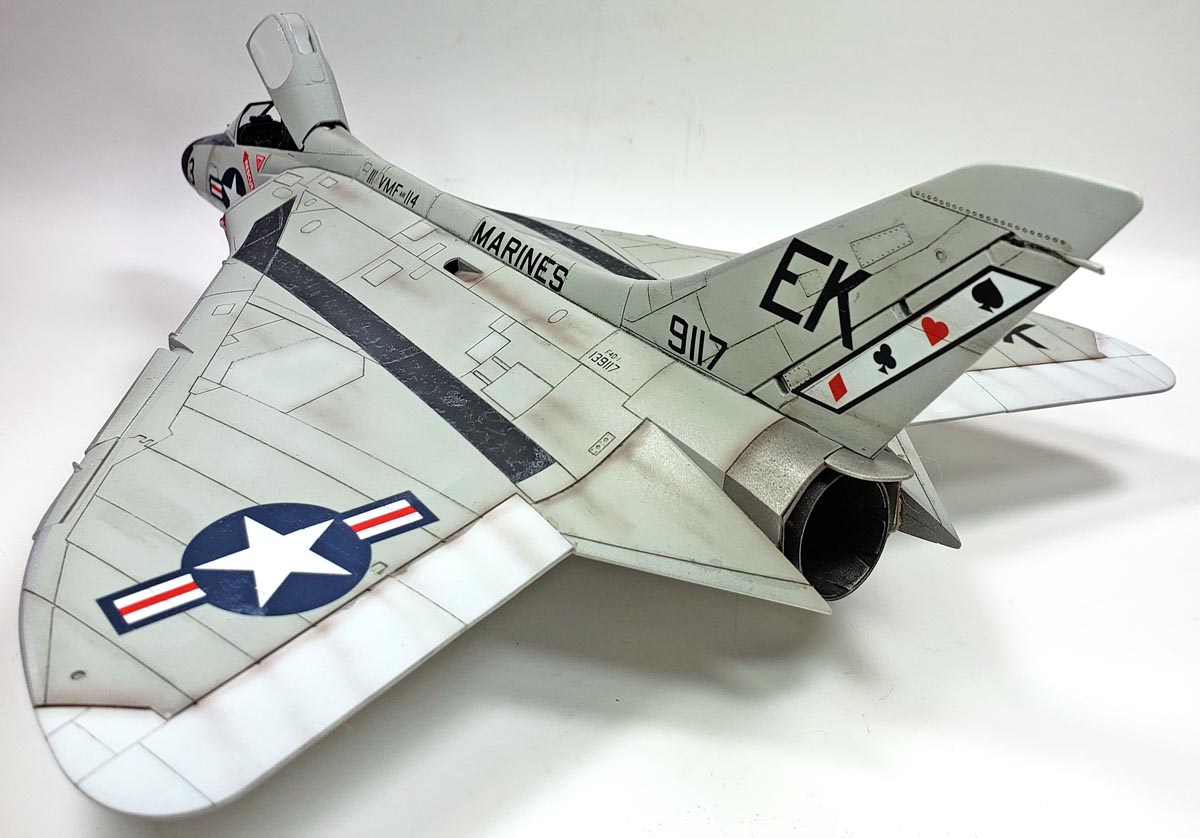I’m pretty sure my love of 1950s cars comes from my dad. He’d grown up in the mid/late years of that era, and owned several cars during that time. The way he spoke of them made it sound as though they were the greatest cars ever built. (And I suppose there could be an argument made for that.)
All I knew as a kid was that anything with sculpted curves and big tail fins must be pretty awesome.
The stories my dad told were pretty amazing to me. He always seemed so “adult-ish” when I was a kid. Suit and tie, managing an insurance office, driving around in a proper big wide-bodied Lincoln. His days were filled with briefcases, meetings, sales calls, and long hours at the office. It wasn’t that dad lacked a sense of humor, but he really did seem to be quite reserved.
But when he’d get to telling those stories… “Well, I remember when old Thurmond wanted to race me in my ’55 Chevy”, and then for the next half hour he’d tell tall tales of days gone by. Most were funny stories, though a few were punctuated with a serious conclusion, a lesson being extracted for my benefit. Now and again, he’d get a far off look as he recalled some person, and after brief thought, he’d say something like “you know, come to think of it, he passed a few years ago. “
At the time, I was quite curious why those moments seem to linger for him. One minute it was tales of racing through the backroads of South Georgia, and the next was simply silence, a stare off into the distance, and then a retreat back behind the days newspaper.
As I look back, I realize I’m actually older now as I write this than he was when telling me those stories. The realities of life have made clear why he gazed so somberly.
Like A Jet Airplane With Afterburners On
I think of all the stories dad told, the one about the “afterburner Chevy” has to be my favorite. Despite seeming like a mild-mannered insurance salesman to 10 year old Jon, my dad had apparently been a bit more “jovial” in his youth. And the friends he described seemed as if they might not have been the most upstanding sorts at the time either.
Dad told of how they would spend hours and hours tinkering on cars. Whether it was keeping a working car running, or trying to resurrect old junkers, hoods were always opened and wrenches at work. And of course, it’s not good enough to simply make a car work. It has to be improved. To be made better.
And of course, nothing says “better” like loads of flames pouring from your automobile. 😉
They modified one particular Chevy in a very interesting way. At the time, I didn’t fully understand all the technical talk about how it was done, but I do recall that a mechanism was set up so that when a switch on the dash was flipped, the exhaust gases heading out the exhaust pipe would light up. Hitting the accelerator would shoot long flames from the back of the car – much like a jet afterburner.
The shenanigans my dad and his friends pulled in that car were numerous. No tailgater, no passer-by in the A & P parking lot, were safe from the Afterburner Chevy. And while my dad never said anything about it, I’m quite sure the car was very effective at garnering attention from any young ladies passing by too.
The Coolest Jets Ever
I’ve always wondered if the American jets of the 1950s drove much of the design aesthetic of the time. They were certainly new and wonderful, fast and sleek, possessed of marvelous angles and lines, yet with graceful flowing curves. Cars had the look, buildings featured the style, furniture… you name it. Maybe it was the reverse, of course. Perhaps the period aesthetic drove the engineers who made the airplanes… but I’d like to think it was the airplanes taking the lead. 🙂
Aviation progress in that era was staggering. To think that a few years prior, airplanes breaking the 300 mph mark were rare. Yet by the end of the 1950’s, man was streaking through the air at Mach 3. Wings were swept, fuselages had hourglass figures, and the image of the jet pilot knifing through the sky became an icon.
And of all the wonderful jets in that era, I think one of the most graceful had to be Douglas’ F4D-1 Skyray.
That Shape
The shape of the Skyray, in my opinion, is almost the perfect embodiment of the era in the USA. Possessing futuristic lines as though from a Buck Rogers movie of a few decades before, it somehow retained soft curves despite it’s almost spaceship like look. While the notion of delta winged aircraft was not new, the Skyray seemed to move beyond functionality of design into that rare air of art.
It would not be hard to imagine the design emerging from the cartoonist’s drawing board from a Batman comic, so popular in the era. Give it a coat of black paint, sculpt a few scallops into the wings, and the Skyray is ready to protect Gotham from all things dastardly.
Now I’ll Actually talk About The Model
Tamiya’s kit, though 20 years old now, is a perfect example of why that manufacturer remains at the top of so many modeler’s lists. It combines nice detail, excellent fit, and great ease of build into a fun package of modeling. (It wouldn’t take much arm twisting to get me to build nothing but Tamiya when it comes to aircraft. 🙂 )
The kit captures the shape of the airplane very nicely, with the graceful curves flowing together in beautiful fashion.

The cockpit builds up to a nice little unit. I considered using a rein seat, but ultimately opted for the kit seat, and a few Eduard photoetch parts to dress it up a bit. As with practically every Tamiya cockpit, some basic paint, shading, and highlighting can make it pop. Going beyond that yields even better results. (More photos of the cockpit are in this blog entry.)
The cockpit and forward wheel well are inserted into the forward fuselage section, and the fit is…. well, it’s Tamiya. I did make sure to dry fit the main fuselage halves together, join the forward section to it, and make sure enough weight was added to the nose to avoid tail sitting. If you’re wondering how much… I can’t recall. Normally I never actually weigh it out, but rather just stuff lead shot into whatever space is available, making sure the center of gravity is well forward of the main gear.
Assembly of the fuselage was very straight forward. (See this blog entry for details.) I’d gotten the model painted, and then for reasons I won’t bore you with (unrelated to the model), it was set aside.
That’s A Bit Of A Gray Area
Once I “rediscovered” the model, I realized I had only a few steps to go in order to finish. The decals were a hodgepodge of kit and aftermarket sets. They’re not entirely correct, but I had to go with what I had on hand.
I’m always at a bit of a loss at how to weather aircraft from this era, especially Navy jets. The general colors were basic enough – a light gull gray over white. No guesswork there. However, the practice at the time was to apply some very, very colorful schemes.
I had little faith in the old decals I had, though. The kit set, which had a full length blue design running from the tailplane to the aft part of the canopy, was quite fetching. But I have very little trust in large decals that are required to adhere to compound curves. Even slicing them apart doesn’t always work. Rare is the time that I have used them and actually had a good fit. And while Tamiya kits are the top of the line, their decals are always a bit thick in my opinion.
So for the sake of ease, and to get this one finished up, I chose a much more subdued US Marine option.
Weathering Decisions
I opted to aim for a “middle of the road” approach with weathering. While I did find a few photos that showed some extreme examples of staining and streaks, most aircraft were well maintained. And rare was the photo that showed much in the way of paint wear and tear.
Panel lines were darkened with mechanical pencil first, and then some thinned artists oils were used to make them stand out even more. I deliberately wanted a high contrast look. While many would argue that to do so is unrealistic, I rarely think to much about orthodox realism. I’d much prefer visual interest for the viewer. And square inches of monotone gray just seems so boring.
The wing walk strips were “chipped” with a neutral gray Prismacolor pencil. I find this color works well on those walkways by simulating scuffs, but avoiding it looking as if they go right down to the aircraft skin. While that was quite common to see on WWII airplanes, a peacetime naval jet of the 50s was a bit cleaner. This method also helped to bring out the detail in those areas, by not only suggesting wear, but actually defining for the eye what is actually there.
The rest of the weathering was simply using light application of pigments, oil and acrylic weathering products, and airbrush staining. While I was not trying to replicate a specific airplane in this process, I did draw on reference photos to inform the placement. As with the previous two steps, I wanted to not only “sell” the viewer’s mind on the notion of stains, but also to impart some feeling of speed by the general direction of the streaks, and to help define and accentuate detail to draw the eye around the model.
Wrapping Up The Skyray
I eventually reached the point I call the “finishing window”. Towards the end of any build, there’s a range of time that the model is “finished”, but of course more can be added. I opted to call it complete fairly early in that window. While I could have added more, I thought it told the story I wanted.
The final few dangly bits were added – wheels and pylons basically. After a bit of consideration, I decided to not display drop tanks, rocket pods, and other bits on the pylons, as I like the clean look of this jet. I felt adding those on would detract from its beautiful lines. Canopy masking was removed, and the part was propped in the open position to allow the cockpit to be examined.
When I first finished the little jet, I thought it looked a bit too plain. Yet as I’ve looked over it in the days since, it has grown on me. Sometimes I have to remind myself that the beauty of a model is not always driven by the display of technique, but rather by the shape of the thing itself. And with flowing curves as the Skyray possesses, it’s form speaks a story that rises above the products applied to it.
Of course, I must admit, my greatest satisfaction with the model is imagining what my dad would have said about it. Though a heart attack took him away a few years ago far sooner than I was ready for, I still like to think about the stories the Skyray would have evoked.
I can hear him now… talking about its lines, the graceful curves… and then that moment when it reminded him of a car.
“Did I ever tell you about the ’58 Dodge I had? It was the ugliest pea green…” And there he’d go. A master storyteller, with an enthralled audience – me. Almost as if I was 10 years old again.
You know, sometimes I think this is why I model.













Leave a Reply